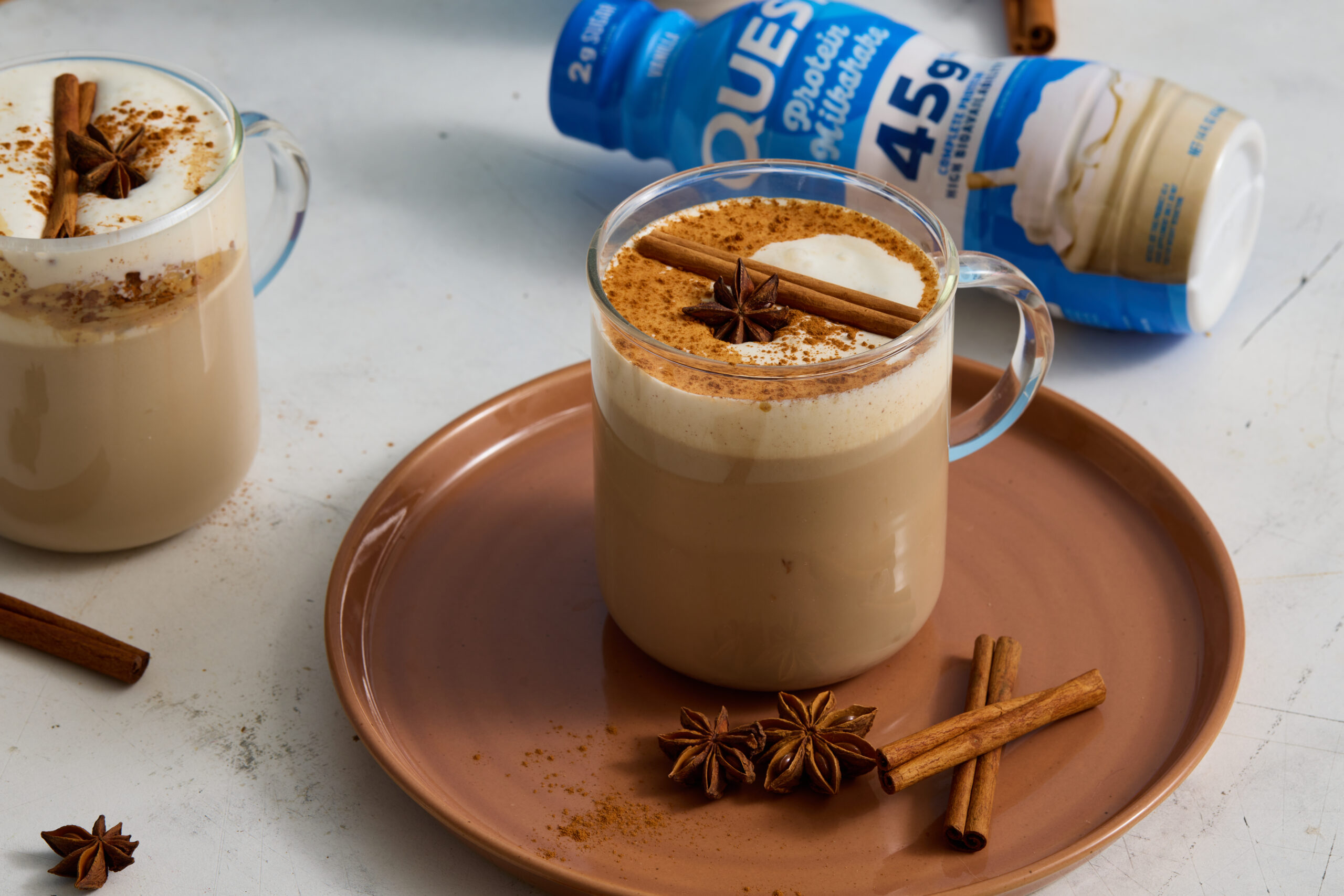The 411 on Blood Pressure
The number one killer on Earth is a bad diet, and high blood pressure is killer number two. The reason it’s so deadly is that […]
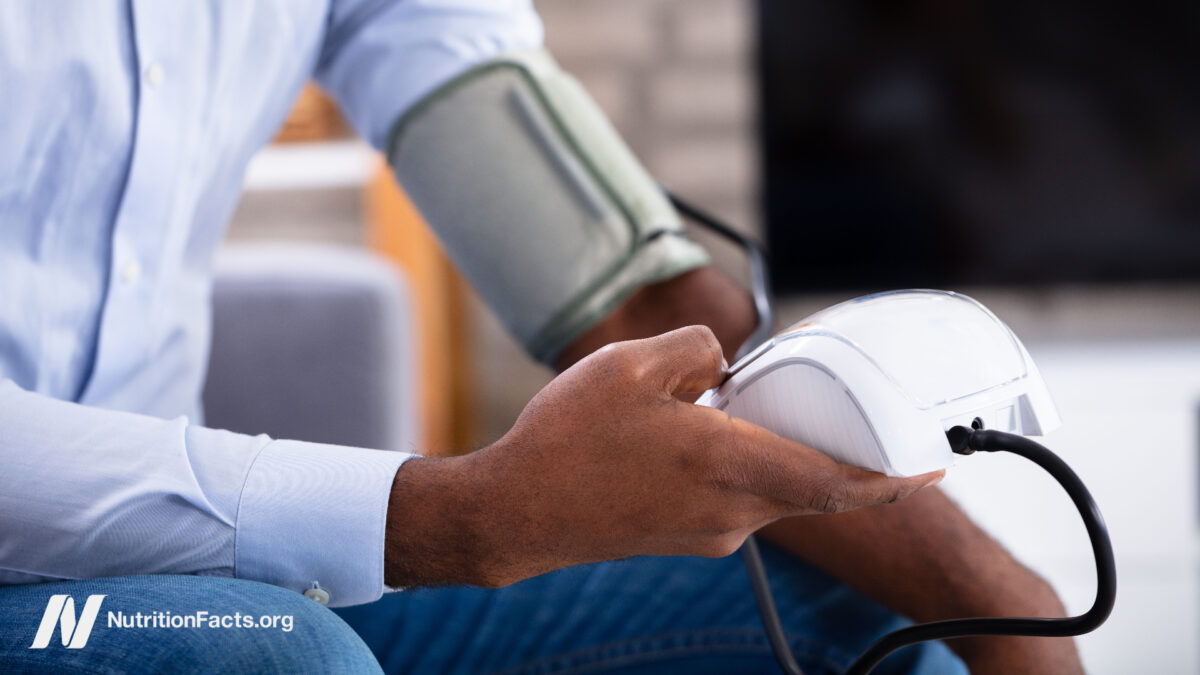
The number one killer on Earth is a bad diet, and high blood pressure is killer number two. The reason it’s so deadly is that it increases your risk of dying from so many different diseases—from heart disease and stroke to kidney and heart failure.
There’s an exponential increase in our risk of dying from a stroke or heart disease as our pressures go up, starting from around 110 over 70. We used to consider a blood pressure as high as 175 to be normal, but that’s “normal” if you wanted to die from the normal diseases, like heart attack and stroke.
What Is the Normal Blood Pressure Range?
A “normal” blood pressure of 175 over 110 could put you at more than a 1,000 percent higher risk of dying from a stroke compared to the ideal pressure—not the normal pressure, but the ideal, which is down around 110 over 70.
As I discuss in my video What the New Blood Pressure Range Guidelines Mean, the definition of high blood pressure, hypertension, dropped from as high as 190 over 110 down to 160 over 95, with treatment thresholds for high-risk groups starting at 150 over 90 down to 140 over 90, then, most recently, down to 130 over 80. Now, with this new definition, instead of one in three Americans having hypertension, it’s closer to one in two people or two-thirds among those over the age of 45.
The bottom line is that Americans are diseased. The number one killer of American men and women is heart disease, a disease that can be prevented, arrested, and reversed with a healthy enough diet.
A blood pressure of 120 over 80 may be normal, but 110 would be a better top number and 70 a better lower number, as even down in that range between 70 to 75 or 75 to 80, each 5-point increment is associated with a third more stroke and at least a fifth more heart disease. So, why are the new guidelines up at 130 over 80?
Popping Pills to Push Down Pressures
With an average of three different blood-pressure drugs, you can force blood pressures down from 140 to 120, compared to taking only two blood-pressure drugs, and high-risk people live longer because of it. Researchers found significantly less death in the intensive treatment group, but, because of the higher doses and drugs, more side effects, so you have to weigh the risks versus the benefits.
One to 2 percent of people on blood-pressure drugs for five years will benefit—not having a cardiovascular event when they otherwise might have, for instance—but that has to be balanced against the higher risk of adverse side effects. The drugs may decrease the risk of cardiovascular events by 25 percent but increase the risk of a serious side effect by 88 percent, but events can include death, whereas most side effects are more on the order of fainting.
If we use drugs to push high-risk people down to a top number of 120, more than 100,000 deaths and 46,000 cases of heart failure may be prevented every year, but “43,000 cases of electrolyte abnormalities and 88,000 cases of acute kidney injury” could be caused. Not great, but better than dying.
Lowering blood pressure is good for your heart, kidneys, and brain, but at a certain point, the side effects from the drugs could outweigh the benefits. Ideally, we want to get patients’ blood pressures as low as possible, but we only want to use drugs to do it “when the effects of treatment are likely to be less destructive than the elevated [blood pressure] BP.”
How to Lower Blood Pressure Naturally
If only there were a way to lower blood pressures without drugs to get the best of both worlds. Thankfully, there is: regular aerobic exercise, weight loss, smoking cessation, increased dietary fiber intake, decreased alcoholic beverage intake, consumption of a more plant-based diet, and cutting down on salt. The advantage is, first of all, no bad side effects. Some lifestyle interventions can actually work better than drugs, because you’re treating the cause, and they actually have good side effects instead. So, we aren’t talking about just 1 or 2 percent of people benefitting over five years. Everybody benefits.
What Foods Lower Blood Pressure?
Eating a plant-based diet filled with fiber and potassium-rich foods and less saturated fat may drop pressures. As I discuss in my video How to Lower Blood Pressure Naturally with Lifestyle Changes, even just adding fruits and vegetables to the diets of hypertensives can lower their systolic blood pressure—the top number—by seven points. That’s the kind of blood pressure improvement you might get from losing ten pounds, but it was achieved just by eating more fruits and vegetables. And, if that’s combined with a drop in meat consumption, slashing intake of saturated fat and cholesterol, pressures can be cut by 11 points.

What Is the Quickest Natural Way to Lower Blood Pressure?
It’s simple: Eat more plants and less meat, restrict alcohol consumption, lose excess weight, exercise regularly, and cut salt intake.
When individuals were put on a purely plant-based diet, even one moderate in sodium, hypertensives saw their systolic pressure drop by 18 points, even after nine out of ten of them reduced their blood pressure medications or stopped them entirely—all within just seven days. That’s pretty impressive! What if you took that same diet but added fasting? A drop by 37 points!
Does Fasting Lower Blood Pressure?
In my video Fasting to Naturally Reverse High Blood Pressure, I discuss what happens with medically supervised water-only fasting in the treatment of high blood pressure. All of the study participants came in hypertensive with blood pressures over 140 over 90, but nine out of ten of them—89 percent—walked out with pressures under 140 over 90. The average reduction in systolic blood pressure was 37 points, which is remarkable compared to other interventions, including drugs. And that was just the average drop. Those who came in with really high pressures (over 180, for instance) experienced a 60-point drop, and that was after they had all stopped all their blood pressure medications.
The researchers concluded that “medically supervised water-only fasting appears to be a safe and effective means of normalizing blood pressure.” (No one should be fasting unsupervised for more than a day or two.)
Dropping Down and Staying Down
The secret to long-term benefits may be in helping to kickstart a healthier diet by cleansing our palate, which has been so deadened by hypersweet, hypersalty, hyperfatty foods. After not eating for a week, your regular, normal, healthy real food tastes good again. The ripest peach in the world might taste sour after a bowl of Froot Loops, but fasting may re-sensitize our taste buds, such that you can enjoy something like corn on the cob without added butter and salt. So, you get the best of both worlds: tastes great and less killing.

 BigThink
BigThink 







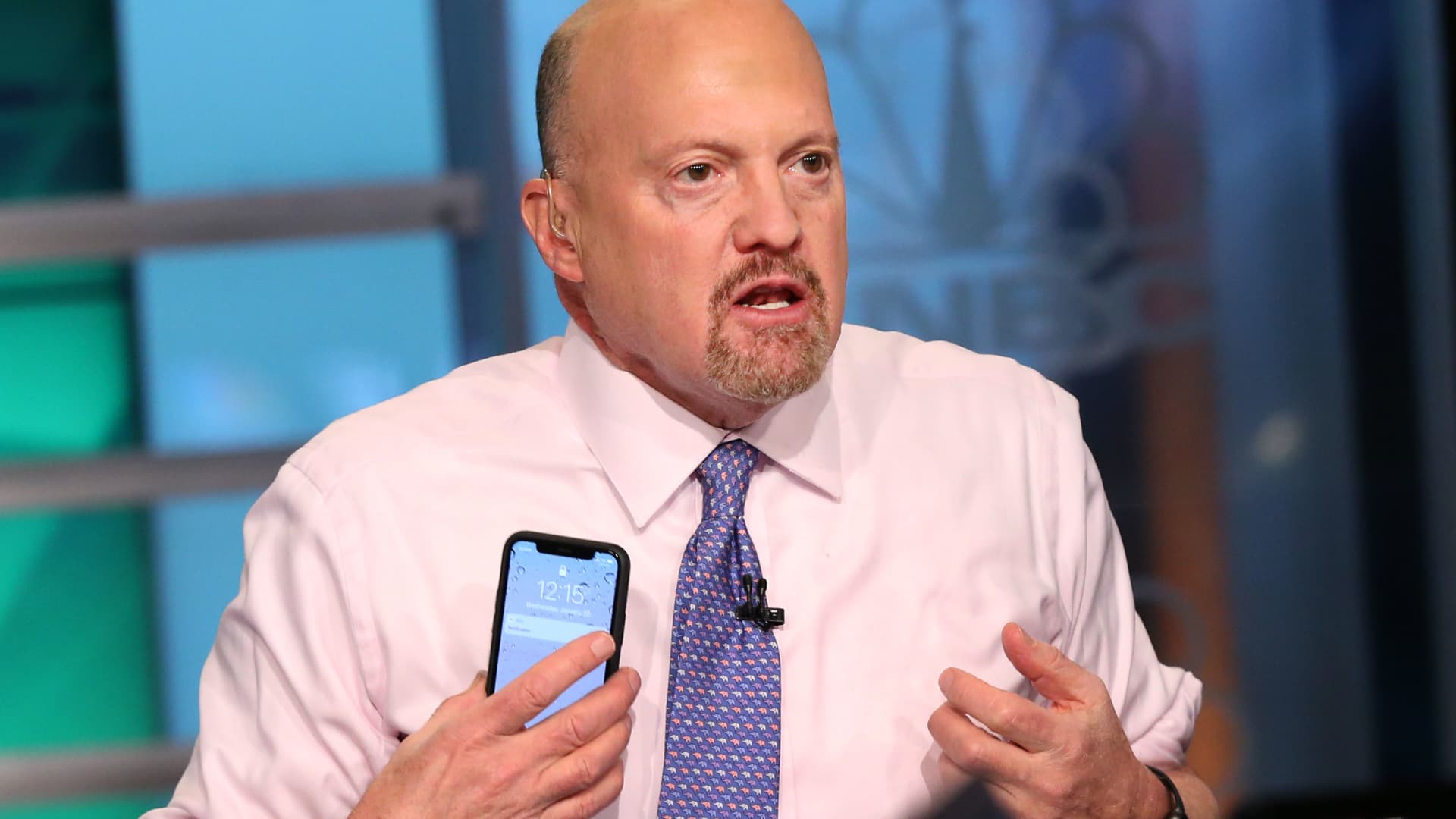

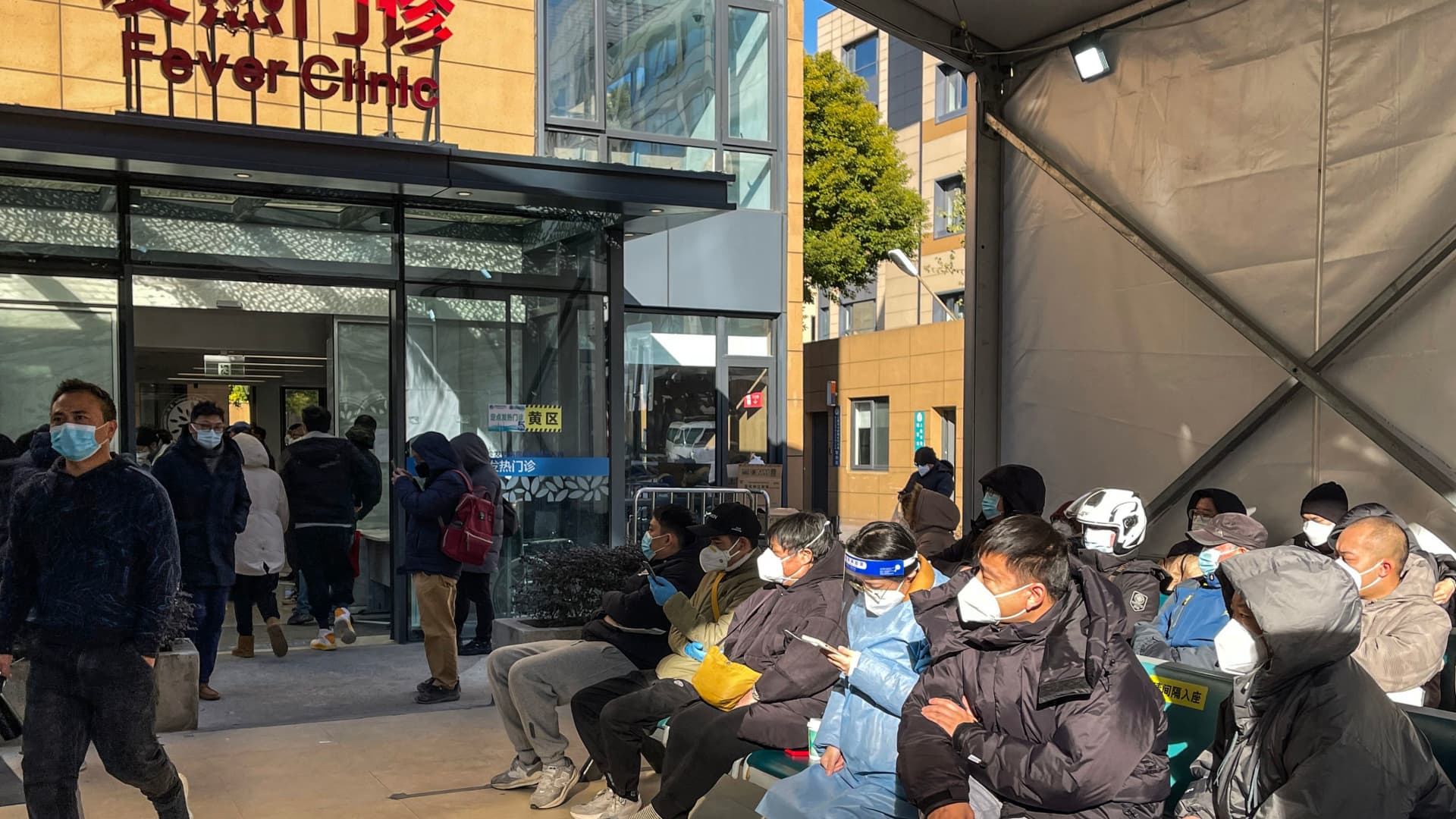


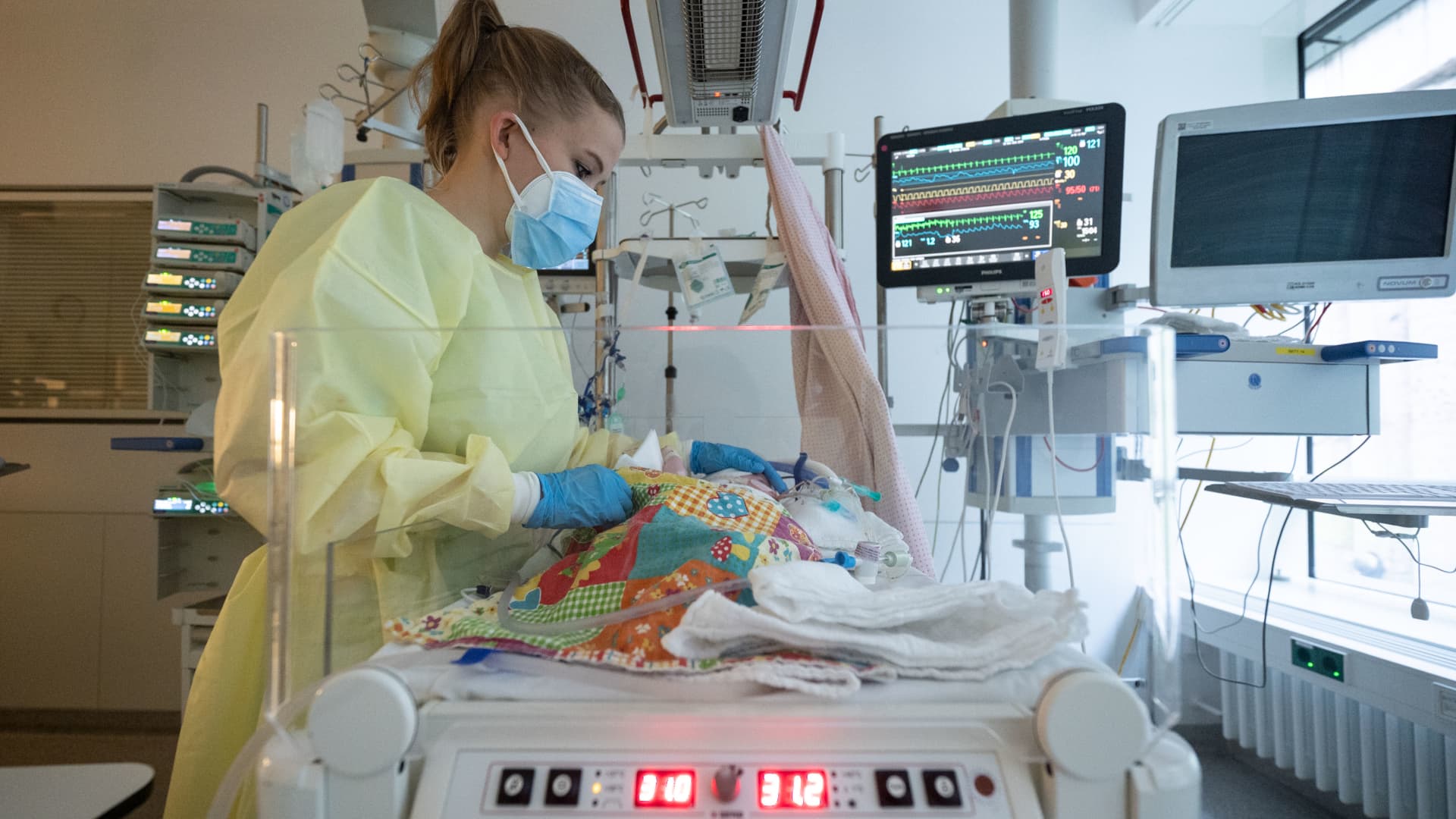






.jpg&h=630&w=1200&q=100&v=6e07dc5773&c=1)



.jpg&h=630&w=1200&q=100&v=6e07dc5773&c=1)




